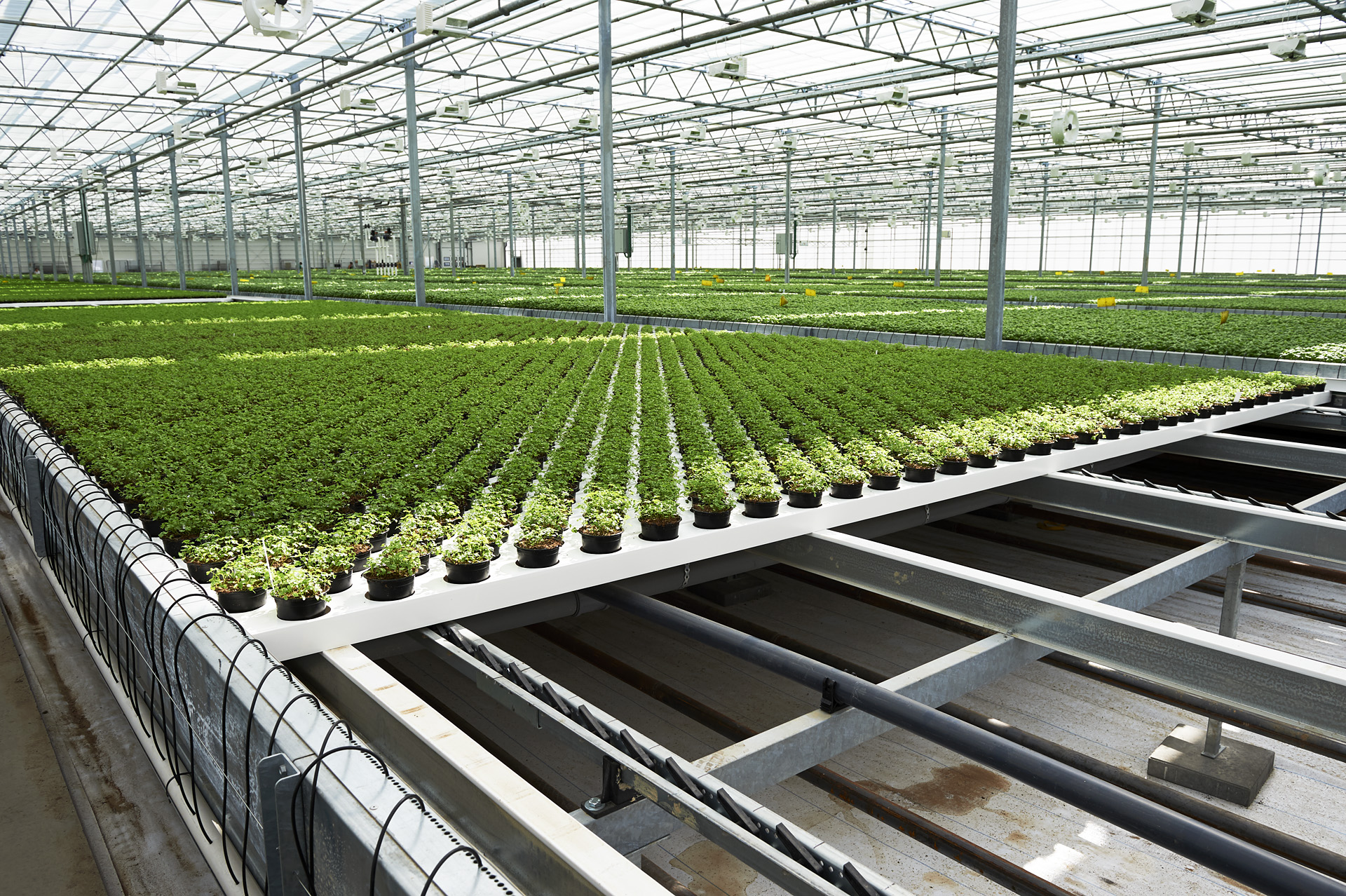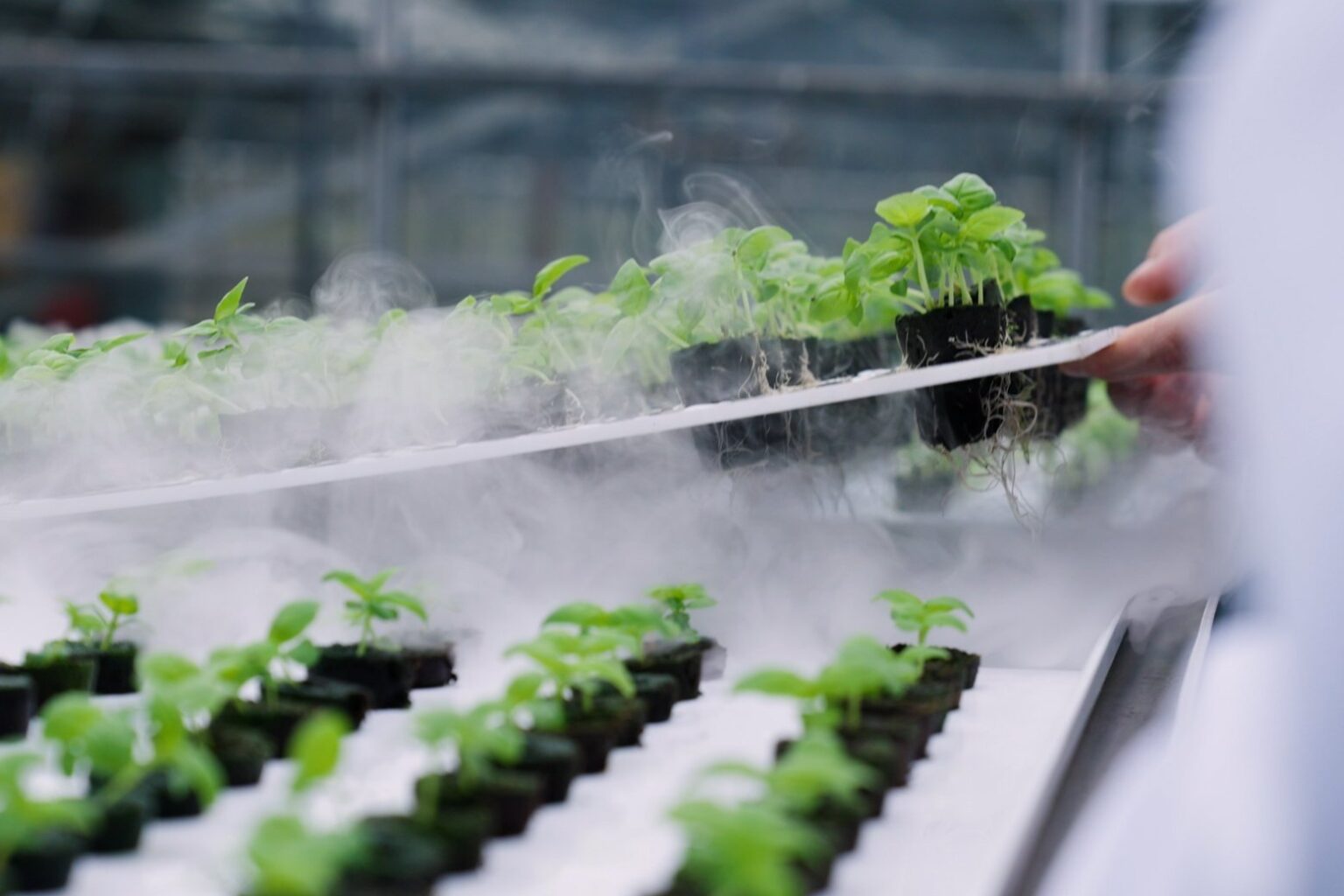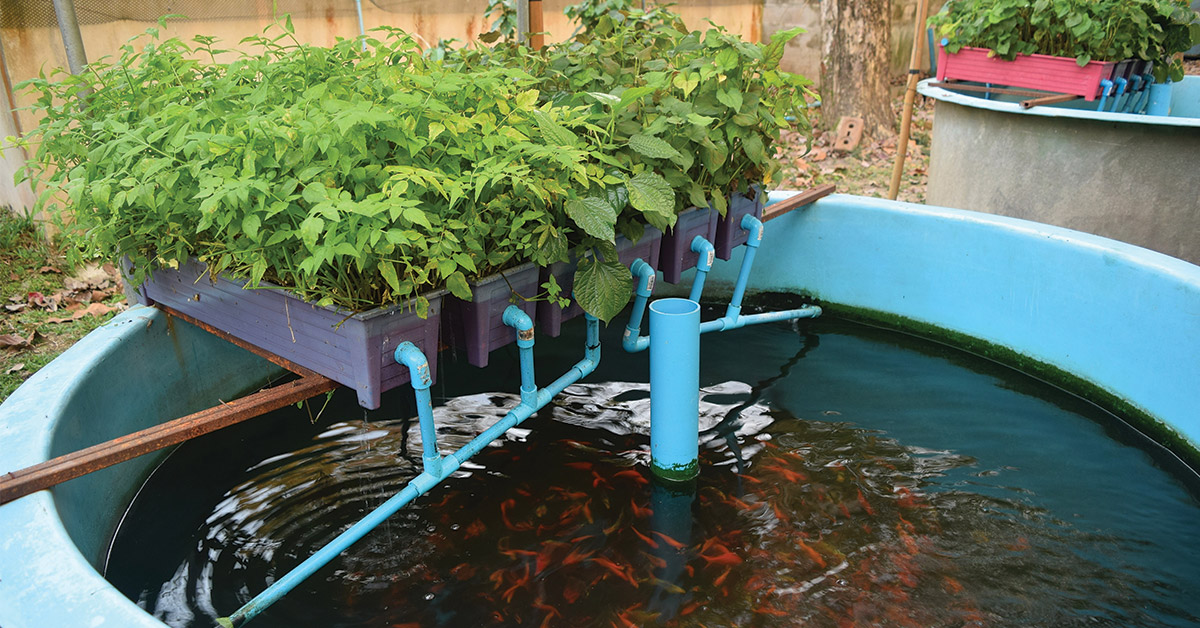The Techniques of Vertical Farming – Hydroponics, Aeroponics, and Aquaponics
At Viemose DGS, we pride ourselves on our expertise in the fascinating techniques that make Vertical Farming not just a concept, but a financially viable reality.
In this article, we will share our insights and knowledge as we explore the intricacies of Vertical Farming Systems. We will explore various techniques, from the soil-less innovation of hydroponics to the realms of aeroponics and aquaponics, uncovering the inner workings of each technique.
By examining the benefits of these techniques, we aim to provide a comprehensive understanding of how Vertical Farming can be successfully implemented and sustained.
What is Vertical Farming?
Vertical Farming has transformed the cultivation of plants by utilizing stacked layers or structures, revolutionizing traditional farming methods. This innovative strategy incorporates advanced technologies such as hydroponics, enabling plant growth without soil, aeroponics, which suspends plants in the air and nourishes their roots with nutrient mist, and aquaponics, which combines plant cultivation with fish rearing in a closed-loop system.
By adopting these sophisticated techniques, Vertical Farming establishes controlled environments where factors like light, temperature, and humidity are precisely controlled to enhance plant growth. This precision cultivation method enables crops to flourish more efficiently compared to conventional soil-based farming practices.
Moreover, Vertical Farming optimizes space utilization by stacking crops vertically, thereby expanding the available growing area. This spatial efficiency is particularly beneficial in urban settings where arable land is scarce.
Vertical Farming Technique – Hydroponics
Hydroponics is a method of growing plants without soil, where plants are instead cultivated in a nutrient-rich water solution. This innovative technique enables plants to receive essential nutrients directly through their root systems, without the need for soil as a medium.
Within hydroponics, plants find support in a growth medium like perlite, coconut coir, or rockwool, which offers stability and nutrient provision.
One specific type of hydroponic system is the Nutrient Film Technique (NFT). In NFT hydroponics, a thin film of nutrient solution continuously flows over the plant roots, providing them with a constant supply of water and nutrients. The roots are suspended in a channel or trough, allowing them to absorb the necessary elements for growth while also receiving oxygen from the surrounding air.
NFT hydroponics offers several advantages over traditional soil-based cultivation:
- Water Efficiency: The recirculating nature of the nutrient solution in NFT systems reduces water usage compared to soil-based methods, making it an environmentally viable option.
- Nutrient Control: NFT systems allow for precise control over the nutrient composition and concentration in the solution, ensuring that plants receive optimal nutrition for healthy growth.
- Space Optimization: NFT hydroponic setups can be designed to maximize vertical space utilization, making them ideal for urban environments or areas with limited space for traditional farming.
- Reduced Labor and Maintenance: Once properly set up, NFT systems require minimal maintenance, as there is no soil to till or weed. This can result in lower labor costs and increased efficiency in crop production.
Overall, hydroponics, including the Nutrient Film Technique, offers a versatile and efficient method of plant cultivation that is well-suited for various applications, from small-scale urban farming to large-scale commercial farming operations.

Vertical Farming Techniques – Aeroponics
Aeroponics is an advanced method of growing plants without soil, where plant roots are suspended in the air within a chamber or container. Instead of being submerged in water like in hydroponics or supported by a growing medium like in other soilless methods, the roots hang freely in a mist or fog of nutrient-rich solution.
In aeroponics, the nutrient solution is atomized into fine droplets and sprayed directly onto the roots at regular intervals. This allows the roots to absorb the nutrients they need while also being exposed to ample oxygen from the surrounding air.
Aeroponics offers several advantages over traditional soil-based cultivation:
- Efficient Nutrient Absorption: By misting the roots with a nutrient solution, aeroponics ensures that plants receive a highly oxygenated and precisely controlled mixture of nutrients, promoting faster and more efficient nutrient absorption.
- Reduced Water Usage: Aeroponic systems use less water compared to soil-based farming and even some hydroponic systems, as the nutrient solution is continuously recycled and reused within the closed-loop system.
- Space Optimization: Aeroponic setups can be designed to maximize vertical space utilization, making them suitable for indoor farming or areas with limited space.
- Faster Growth and Higher Yields: The combination of abundant oxygen and optimal nutrient delivery in aeroponics often results in faster plant growth rates and increased yields compared to traditional cultivation methods.
- Minimal Risk of Disease and Pests: Because the roots are suspended in air and not in contact with soil, aeroponic systems are less susceptible to soil-borne diseases and pests, reducing the need for pesticides and fungicides.
Overall, aeroponics is a highly efficient and innovative method of plant cultivation that offers numerous benefits for both large-scale commercial farming and small-scale urban gardening.

Vertical Farming Technique – Aquaponics
Aquaponics can be integrated into Vertical Farming Systems, merging aquaculture (fish farming) with hydroponics (cultivating plants in water without soil) in a mutually beneficial relationship.
When integrated into Vertical Farming, aquaponics adds another layer of efficiency to the system. In this setup, fish are typically raised in tanks located in the lower levels of the vertical farm, while plants are grown hydroponically in the upper levels.
The nutrient-rich wastewater from the fish tanks is circulated to the plant beds, where it serves as fertilizer for the plants. In return, the plants help filter and clean the water, which is then recirculated back to the fish tanks.
Aquaponic systems can be set up on various scales, from small backyard setups to large commercial operations. They offer several advantages:
- Efficient Use of Resources: Aquaponics recirculates water within the system, reducing water usage compared to traditional farming methods. Additionally, nutrients from fish waste are recycled and used to fertilize the plants, minimizing the need for external fertilizers.
- Space Optimization: Aquaponic systems can be designed to maximize vertical space utilization, making them suitable for urban environments or areas with limited land.
- Reliable Food Production: Aquaponics provides a reliable way to produce both fish and plants for consumption. The system requires less input of resources such as water and fertilizer.
- Reduced Environmental Impact: Aquaponic systems produce minimal wastewater and do not require soil, reducing the risk of soil erosion and nutrient runoff into waterways.
In summary, aquaponics provides a comprehensive method for food production by merging aquaculture and hydroponics, offering a reliable solution that addresses both food security and environmental concerns.

The Techniques utilized by Viemose DGS
At Viemose DGS, we leverage the Nutrient Film Technique (NFT) as a cornerstone of our Vertical Farming operations to maximize production efficiency and crop yield. Through the utilization of our innovative Moving Gutter System in a stacked layout, we have significantly optimized traditional indoor farming methods.
Our use of the Nutrient Film Technique (NFT) starts with carefully planning and designing our Vertical Farming setups. Our setups boast advanced automation, effectively reducing expenses, labour requirements, and energy consumption.
A significant advantage of NFT is its precise control over nutrient levels. We closely monitor and adjust the nutrient solution to suit each crop’s specific needs, maximizing their growth and yielding healthier plants with higher output.
The Techniques of the Future
In summary, hydroponics, aeroponics, and aquaponics represent pioneering Vertical Farming techniques, redefining conventional soil-based cultivation paradigms. Each technique champions soilless environments and resource optimization, while also mitigating disease prevalence and pesticide usage.
With advancements in technology, future developments in Vertical Farming techniques are expected to focus on scalability and accessibility to a wider range of farming communities. Innovations may include improved automation and robotics for enhanced efficiency, and the integration of smart sensors and data analytics to optimize crop management.
FAQs concerning the Techniques of Vertical Farming:
How does Viemose DGS leverage the Nutrient Film Technique (NFT) in their Vertical Farming operations to optimize crop growth and yield, and what are the key advantages of NFT hydroponic systems over traditional soil-based farming methods?
Viemose DGS utilizes the Nutrient Film Technique (NFT) in their Vertical Farming operations to optimize crop growth and yield by providing precise control over nutrient levels. NFT hydroponic systems allow plants to receive essential nutrients directly through their root systems, leading to healthier plants and higher output.
The key advantages of NFT hydroponic systems over traditional soil-based farming methods include water efficiency, nutrient control, space optimization, and reduced labor and maintenance requirements.
Can you elaborate on how the Moving Gutter System employed by Viemose DGS enhances production efficiency in Vertical Farming setups, and what specific advantages it offers over other systems?
The Moving Gutter System employed by Viemose DGS enhances production efficiency in Vertical Farming setups by significantly optimizing traditional indoor farming methods. This system, characterized by its stacked layout, maximizes space utilization and allows for advanced automation, reducing expenses, labor requirements, and energy consumption.
Compared to other systems, the Moving Gutter System offers advantages such as precise nutrient control, efficient water usage, and enhanced scalability, making it a superior choice for achieving high yields in Vertical Farming.





